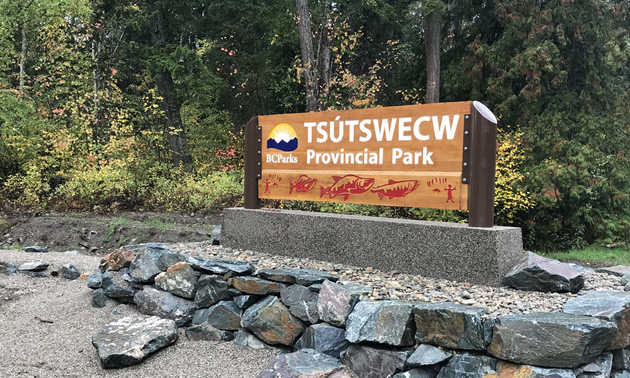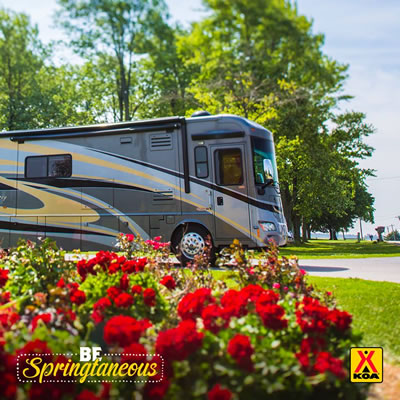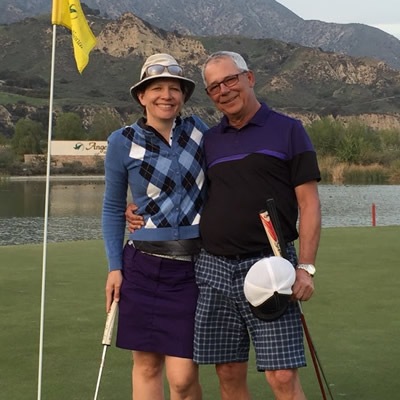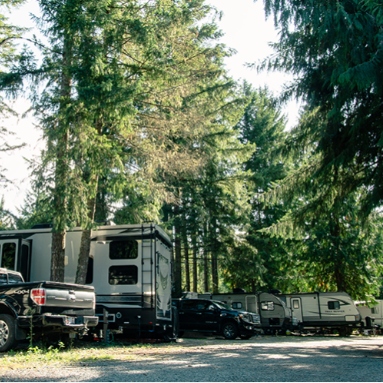New name for provincial park a welcome change

Looking at the signs with the new Indigenous name for Roderick Haig-Brown Provincial Park, Chief Oliver Arnouse of the Little Shuswap Lake Indian Band cannot help but feel proud.
It has been at least 10 years since the band initially approached BC Parks about changing the name to the Secwepemc name Tsútswecw (pronounced choo-chwek) to reflect ancestral connections. The new name translates to “many rivers.”
Home to the Adams River, the provincial park encompasses the spawning beds of sockeye, chinook, coho and pink salmon, but it is also a special place for Arnouse and his people. Archaeological studies have uncovered evidence of large settlements long before the Europeans. Kekulis (pit houses), artifacts and Aboriginal pictographs are also in the area and strictly protected.
“We have found some maps made on canvas that had the original name of this park on it and the old people have always talked about it. We also used to come here and harvest salmon in this area,” said Arnouse, noting the flag for the Little Shuswap Lake Indian Band also flies beside the province’s flag in the park. “It’s been the vision of the elders and previous leadership to have the name changed. It feels like we are more a part of the park now.”
The park is among three provincial parks that were recently renamed to reflect their historic and cultural significance as part of reconciliation efforts with Indigenous peoples. Brooks Peninsula Park near Port Alice on Vancouver Island has been renamed Mquqwin/Brooks Peninsula Park and Boya Lake Park near the northwestern B.C. border is now called Tā Ch’ilā Park.
Located between Adams Lake and Shuswap Lake, Roderick Haig-Brown Provincial Park was established in 1977 to conserve and protect the spawning beds used by various species of salmon. Haig-Brown was a logger, fisherman and magistrate who wrote several books educating the public about the importance of protecting salmon and the watersheds that sustain them.
Today, a large boulder with a commemorative memorial brass plaque sits near the park’s viewing platform, serving as a reminder of Haig-Brown’s efforts to have the area legally protected for salmon spawning and public enjoyment.
Josie Vayro never met her grandfather, Haig-Brown, before he passed away in 1976 at his home along the Campbell River, but his values have influenced the lives of many family members. When the family was contacted about changing the name of the park, Vayro said everyone welcomed the news.
“The family feels great about it. We are a huge supporter of reconciliation and working really hard to have good relationships with Indigenous communities. It’s wonderful this has been renamed the traditional name of the place,” said Vayro, who spoke at the recent renaming ceremony during the Salute to the Sockeye festival at the park.
“People are defending our honour, but it’s not necessary because we don’t see this as an insult in any way. There’s no way he can disappear because his teachings are everywhere.”








